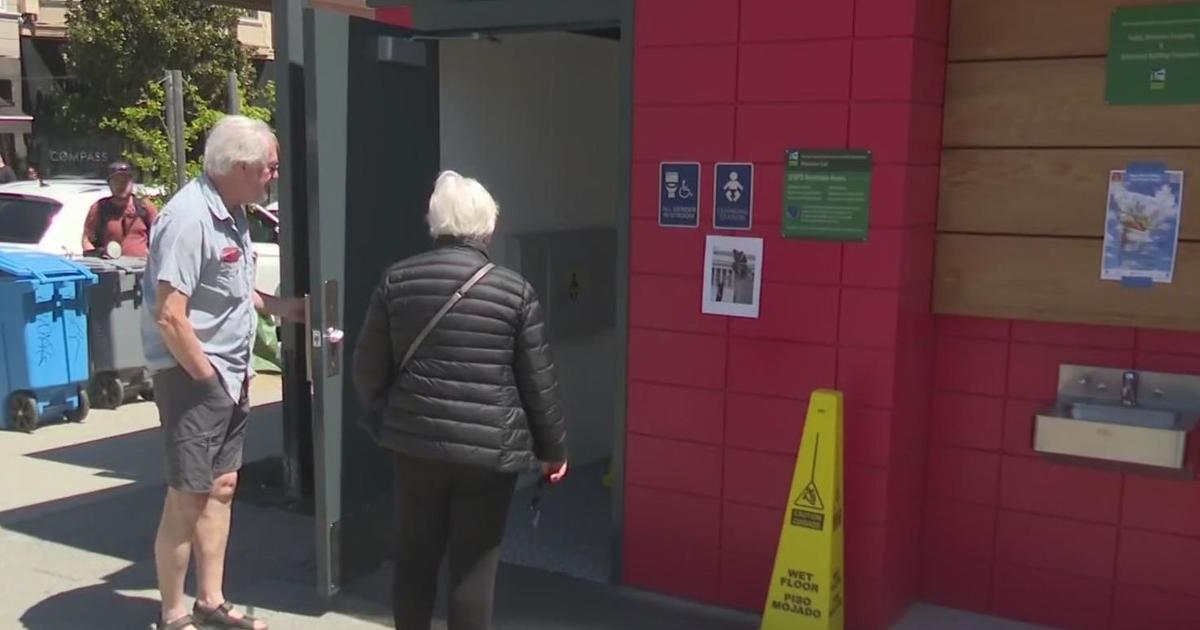Alameda Creek Steelhead Get A Lift Upstream With State-Of-The-Art Fish Ladder
SUNOL REGIONAL WILDERNESS (KPIX 5) -- The San Francisco Public Utilities District has just completed a state-of-the-art, $30 million project to help get fish up and over one of its dams.
In the 1930's the agency created a small dam as a place to siphon water off of Alameda Creek to send to Calaveras Reservoir for SF's water supply. But when built, it instantly became the end of the road for steelhead trying to swim upstream to spawn.
Steelhead are simply rainbow trout that manage to complete an ancestral journey back to the sea. But for 90 years, generations of trout in the Alameda Creek watershed have been stuck below the small diversion dam. In 1997 the fish became a "threatened" species, requiring the district to protect their numbers and just this week they opened the flow on a brand new fish ladder to finally get the steelhead over the dam and back to their spawning grounds.
"It's always amazing when you get to the end of something, to see it working," said Tim Ramirez, the Natural Lands Division Manager for SFPUC. "This is my first day here … first time water's been in the ladder."
The water flowing under the steel grates that switchback down from the top of the dam is intended to mimic a naturally flowing river, with narrow slots of rapids, but also swirling pools that allow the fish to rest.
"And then when they're ready go through the next slot a little further upstream they'll burst through and then rest again," said Supervising Biologist Brian Sak.
The ladder is only part of an entire steelhead monitoring program. Biologists have installed rotating fish traps downstream where they can capture trout and microchip them. Then, when they swim past sensors in the ladder, they are recorded just like Fastrak does with cars. That will help scientists to better understand how the fish are moving up and down the creek.
"Once we see steelhead getting up here on their own, we see that first fish arrive," said Sak, "it's really going to improve the likelihood that they're going to be here in the long term for our kids to see."
"It makes me feel like we turned that corner," said Ramirez. "Now we want to see the biology part happen. Physically, it's working…water's here. We want to see the fish come into the system and we want to tag the fish and be able to track them also in the system."
And now, by getting above the dam, the Steelhead will have 12 miles of new habitat in which to spread out, get strong…and the hope is…re-populate the species.
The fish still can't come all the way from the Bay because of three obstructions in the Fremont area. But when the Fremont fish ladders are competed in about 2 years it will re-establish the entire route from the spawning areas upstream all the way down to the sea.



